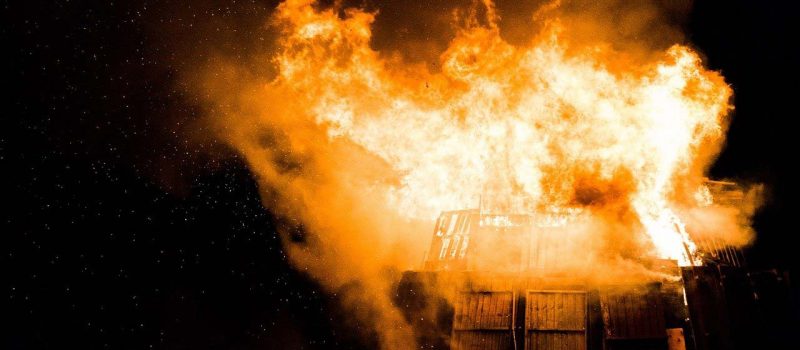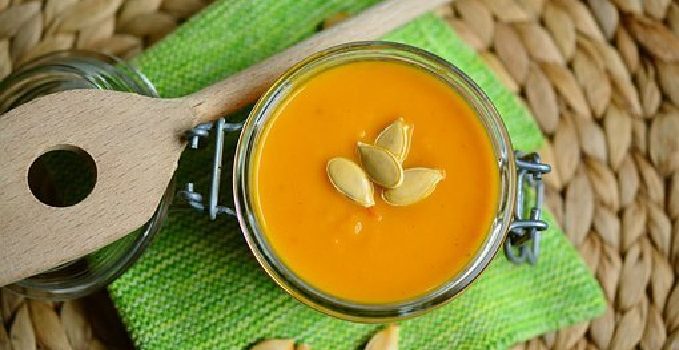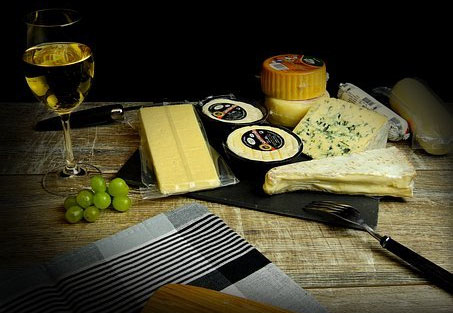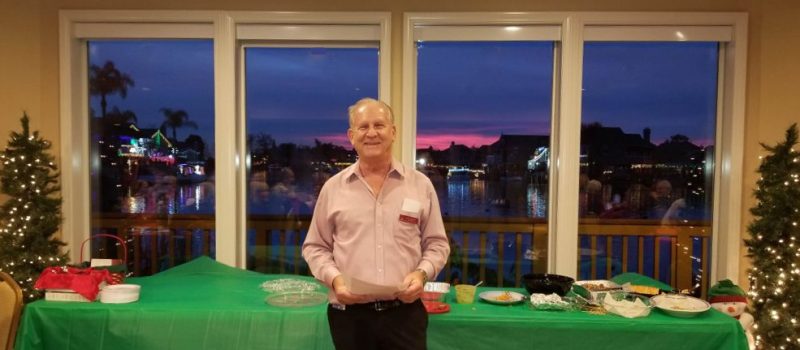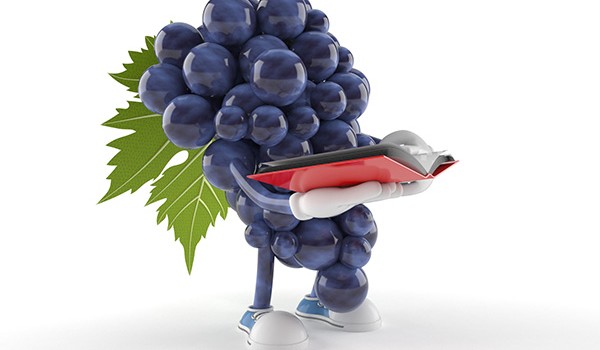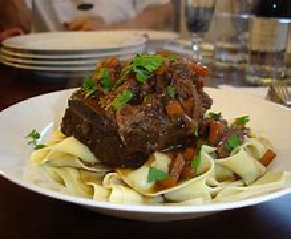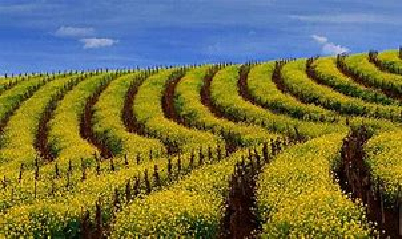A Look Back—Fires Tear through California’s Northern Wine Region
“Wildfires have long been a fact of life in the American West,” said Caroline Beteta, CEO of nonprofit, Visit California. It has been known that harvest season in California’s wine regions are what dream weddings are made of—ripe grapevines and colorful sunsets that provide the perfect backdrop for a wedding ceremony.
Scientists say warmer temperatures and a lack of rain are leaving plants and trees more flammable, creating the conditions for wildfires to grow quickly and burn with more intensity, with the fire season starting earlier and ending later. Last year’s unprecedented fire season began with a siege of lightning strikes; approximately 9,000.
A small fire that began on September 27, 2020 near the town of St. Helena, pushed by fierce, unrelenting winds across Napa Valley, burned hundreds of homes and burned or destroyed scores of wineries before making its way into Sonoma. The wildfires west of Sonoma and east of Napa were blanketed in thick smoke. Several hotels and resorts were also damaged, including Calistoga Ranch and Meadowood Napa Valley, home to the Restaurant at Meadowood. One week after the Glass Fire began its violent path, it would certainly be the most destructive fire in California’s most famous wine region. More than 30 people lost their lives as a result of fires across the state. We grieve for the lives lost, the people displaced and what was lost in the fires.
Food & Wine produced a documentary titled “Embers & Vines,” featuring members of the local community reflecting on the fires while they were still burning. This approximately 8 minute documentary can be found by a Google search. If you have not viewed the documentary, I highly recommend you do so. As difficult as this clip may be to watch, understand it was important to document what was unfolding in the moment.
The Sunday before Christmas, December 20, 2020, Kevin Donnelly presented the OCWS members an hour long presentation on topics covering terroir, the four seasonal impacts on the vineyard, and effects of smoke taint. All too often a story ends when a fire is contained and media coverage moves on, and we go back to business as usual. Kevin’s presentation closed with a partial list of wineries that were burned or destroyed—it was a sobering moment. During the seminar, Kevin promised this listing would be available for the entire membership to view. Reading through the list below, you will come across many wineries that may be familiar. Remember to support the California wineries, as they have supported the Orange County Wine Society over the years.
– Linda Mihalik, Editor
Wineries burned or destroyed as of October 12, 2020:
· Barnett Family Vineyards, damaged
· Behrens Family Winery, two buildings, including its main winery destroyed
· Burgess Cellars, barrel warehouse and the original winery burned
· Cain Vineyard and Winery, main winery burned
· Castello di Amorosa, farmhouse & buildings destroyed and 120,000 bottles destroyed
· Chateau Boswell, main building destroyed
· Cornell Vineyards, lost three houses
· Dutch Henry Winery, winery burned
· Fairwinds Estate Winery, winery burned
· Fantesca Estate, lost equipment
· Flying Lady Winery, winery building and 2016 and 2017 wines destroyed
· Frey Vineyards Winery Mendocino, largely destroyed
· Hourglass Winery, winery facility and guest house were demolished
· Hunnicutt Wines, offices and the winery’s
crushpad devastated
· Juslyn Vineyards Landscaping, outbuildings and
half of the grapevines gone
· La Borgata Winery, destroyed
· Melka Estates, house burned, most of the vineyard damaged
· Mendocino Oster Cellars, largely destroyed
· Merus Winery, winery damaged
· Newton Vineyard, winery nearly entirely destroyed
· Paradise Ridge Winery Sonoma, burned down
· Phifer Pavitt Winery, home mostly burned and winery damaged
· Ritchie Creek Vineyard, winery and home burned, much of the wine inventory destroyed
· Sarocka Estate, structures burned
· School House Vineyard, one structure destroyed
· Sherwin Family Vineyards, winery burned
· Signorello Estate, completely destroyed
· Soda Rock Winery Healdsburg, consumed by fire
· Spring Mountain Vineyard, home destroyed,
vineyard seriously damaged
· Stags’ Leap Winery Napa, buildings destroyed
· Sterling Vineyards, main winery safe, equipment damaged
· Terra Valentine Winery, house burned
· White Rock Vineyards, damaged significantly,
fire consumed winery
· York Creek Vineyard, two houses, a barn and
equipment lost

